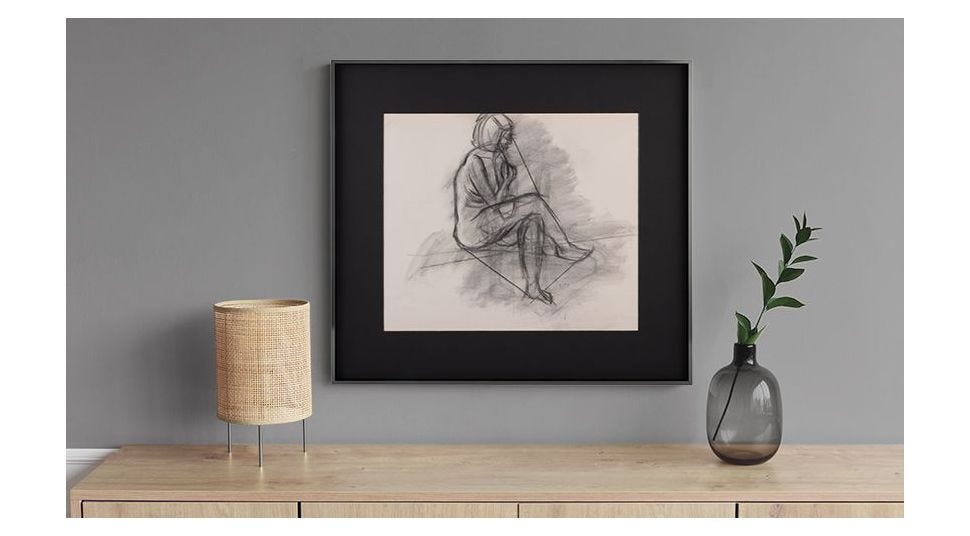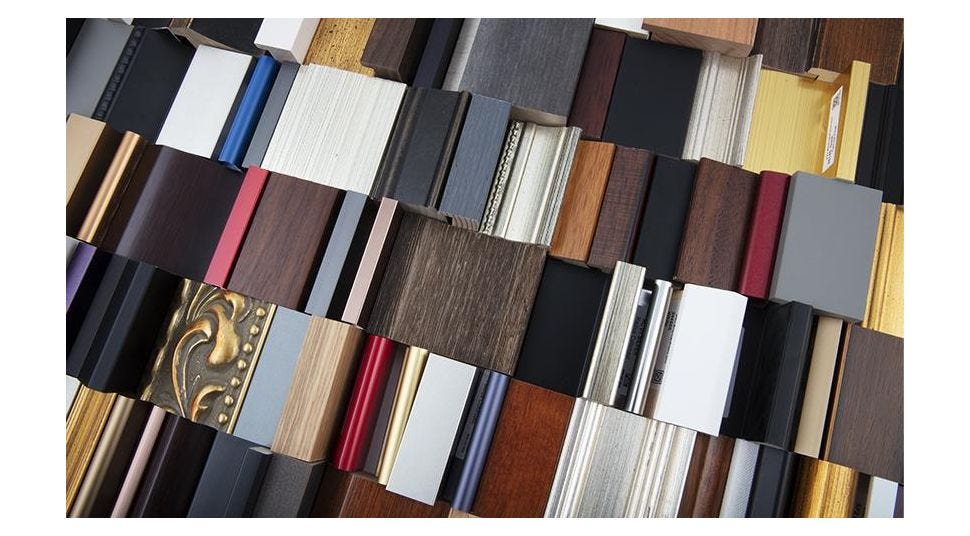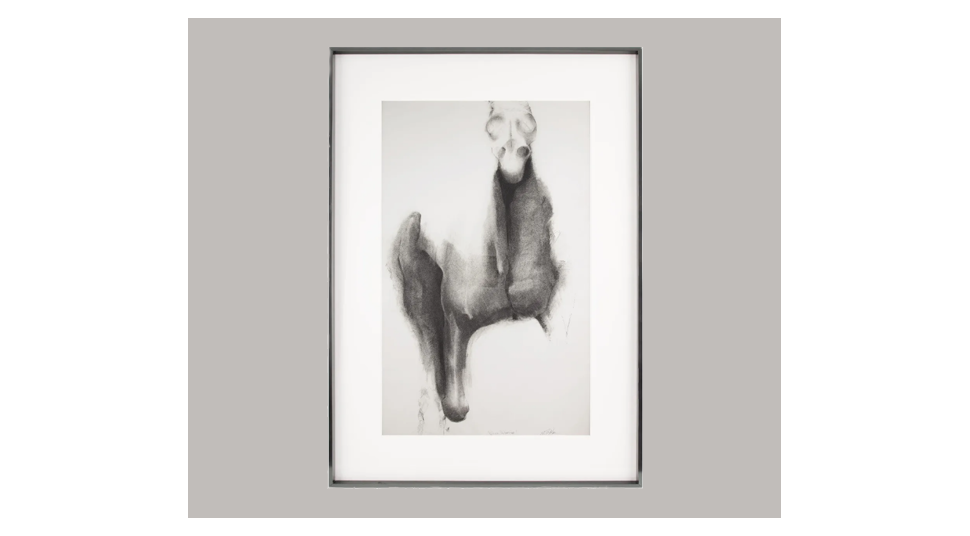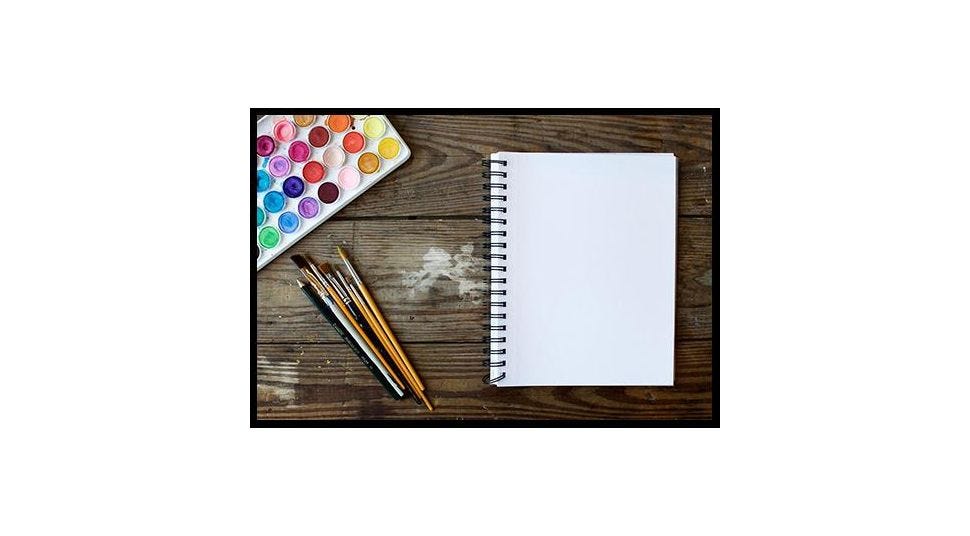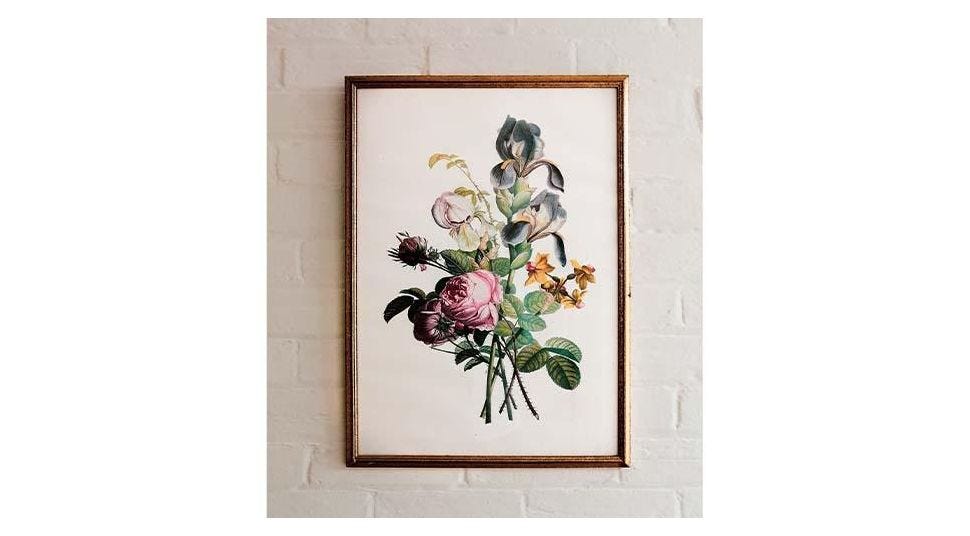Top Tips for Framing Pastel or Charcoal Works of Art
Artists who work with pastels and charcoals understand the unique and captivating qualities of these mediums. From the soft and velvety textures of pastels to the rich tonal range achievable with charcoals, these materials offer distinct aesthetics for wonderfully expressive, beautiful works of art. Presenting these “dry” media comes with challenges, however, and doing so necessitates careful consideration of matting and framing elements.
Both pastel and charcoal works can dust, flake and release powder during the framing process—and well after. Therefore, keeping your matting and glazing clean may be tricky. The right material and techniques can certainly help when you’re wondering how to frame a work created in pastel or charcoal.
Whether you're an artist seeking to professionally present your work or an art enthusiast interested in preserving and showcasing your collection, this article provides helpful tips on how to elevate your artwork's visual impact and protect it for future generations.
Don’t do anything permanent.
It's crucial to prioritize the preservation of your original artwork, and one essential principle is to avoid any permanent alterations that could damage or devalue your piece. Instead, opt for non-invasive mounting techniques to secure your artwork within the frame.
That means no gluing or sticking your original pastel or charcoal directly to the backing or matting. To securely mount your artwork without compromising its integrity, consider using acid-free linen tape. Hinging with tape is a technique that has little to no adverse effect on the long-term preservation of the artwork. Lineco Self-Adhesive Linen Hinging Tape is ideal because it is archival quality, pH neutral and made from strong high thread count cotton. Because of its greater tensile strength and flexibility, it is preferred for mounting heavier papers, as it will resist tearing from the weight of the artwork.
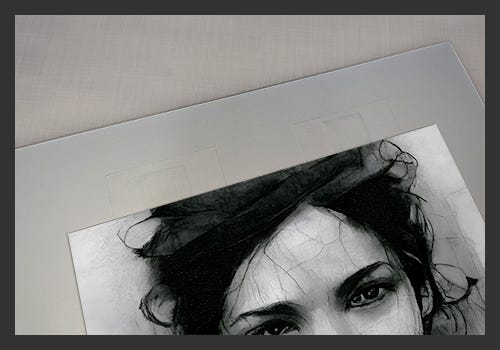

Use the T-Hinge technique to secure your charcoal and pastel drawings.
To minimize the movement of your artwork, apply T-hinges by attaching the tape to the top edge of your artwork and securing it to the backing board. Or opt for acid-free mounting corners, which are pressure-sensitive triangles made from clear archival polyester that attach to the backing board so that the artwork slides into them without coming into contact with any adhesive.
Beware the nature of fixatives.
Using a fixative is a common practice among artists working with pastels and charcoals, as it helps to protect the delicate surface and minimize the risk of smudging, dusting, fading and flaking. However, it's important to understand the potential effects of fixatives on the artwork before applying them.
A clear spray solution that contains resins or varnishes, a fixative is sprayed on the surface of a pastel or charcoal artwork, creating a thin protective layer that helps to bind the particles together. But a fixative can alter the appearance of the artwork, particularly in terms of color. Fixatives have a tendency to darken or dull the vibrancy of pastel and charcoal pigments. The extent of this color change will depend on the specific brand and formulation of the fixative used, as well as the porosity of the artwork's surface.
And while fixatives are intended to minimize smudging, there is still a possibility that the applied spray can cause some degree of smearing or blurring. If you decide to use a fixative, it’s important to be aware of these risks and be sure to follow the manufacturer's instructions carefully.
Make a “dust trough.”
An effective way to prevent excess dust from accumulating and being visible within the frame of a pastel or charcoal artwork, the dust trough serves as a hidden space where loose particles can collect without detracting from the visual presentation. There are a couple of methods to achieve this:
- Use spacers under your mat: In doing so, you can create a gap between the artwork and the glazing, allowing any loose dust to fall into this hidden space.
- Employ a double-mat technique: In this method, two mats are used, including a bottom mat with smaller borders and a top mat with larger borders. The bottom mat's smaller borders will create the dust trough, allowing any excess dust to collect between the two mats, out of view.
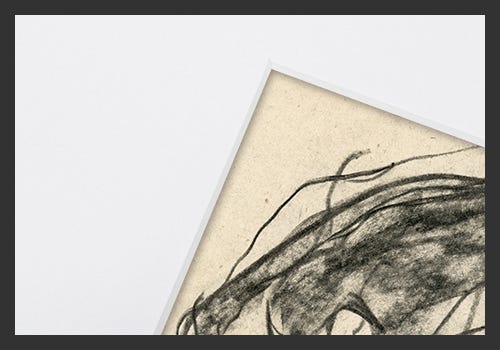

Using a smaller bottom mat helps to create a dust trough.
Both methods offer practical solutions to minimize the visibility of dust within the frame. They create a dedicated space where loose particles can accumulate, keeping the artwork clean and enhancing its presentation.
Use a reverse-bevel mat.
The reverse-bevel mat cut refers to a mat with the bevel facing inward instead of the standard bevel cut, which exposes the core of the mat board. A reverse-bevel mat hides dust behind the bevel, keeping it out of view and maintaining the visual focus on the artwork itself.
Note that when it comes to keeping dust particles out of sight, both the “dust trough” and reverse-bevel mat methods require the use of matting. If you prefer NOT to use a mat in the framing of your pastel or charcoal piece, you may opt for a technique called encapsulation. This involves laying acrylic directly on top of your artwork, effectively creating a protective barrier between the artwork and the outside environment. The technique is akin to placing a thin sheet of plastic over the drawing to keep it in place and shield it from potential damage.
Keep in mind, though, that the use of encapsulation should be considered a permanent decision because attempting to remove the acrylic sheet may result in smudging or smearing of the pastel or charcoal artwork. The acrylic sheet adheres to the surface of the drawing, creating a bond that ensures the artwork remains securely in place.


Tru Vue Acrylic is static-free so it will not attract dust particles from your drawing.
Go static-free.
The static electricity produced by acrylic can pull dust particles from pastel or charcoal artwork, so it’s essential to use an anti-static brush and cleaner on your acrylic. An effective anti-static brush should feature a unique blend of soft natural hairs and conductive synthetic fibers to result in effective static dissipation.
Alternatively, you can avoid static altogether by opting for an anti-static acrylic that accomplishes this naturally. Consider using Tru Vue® Optium Museum Acrylic to finish off your framing so less dust is pulled from your artwork. This plexiglass treatment meets the toughest conservation standards and exceeds the highest curatorial expectations. It filters out 99% of harmful UV rays and is lightweight, acid-free, shatter-resistant and anti-reflective.
At American Frame, we're here to help present all types of art in the best possible light. If you’d like some assistance with choosing custom framing products that will beautifully display and preserve your pastel or charcoal artwork, get in touch with our experts.

